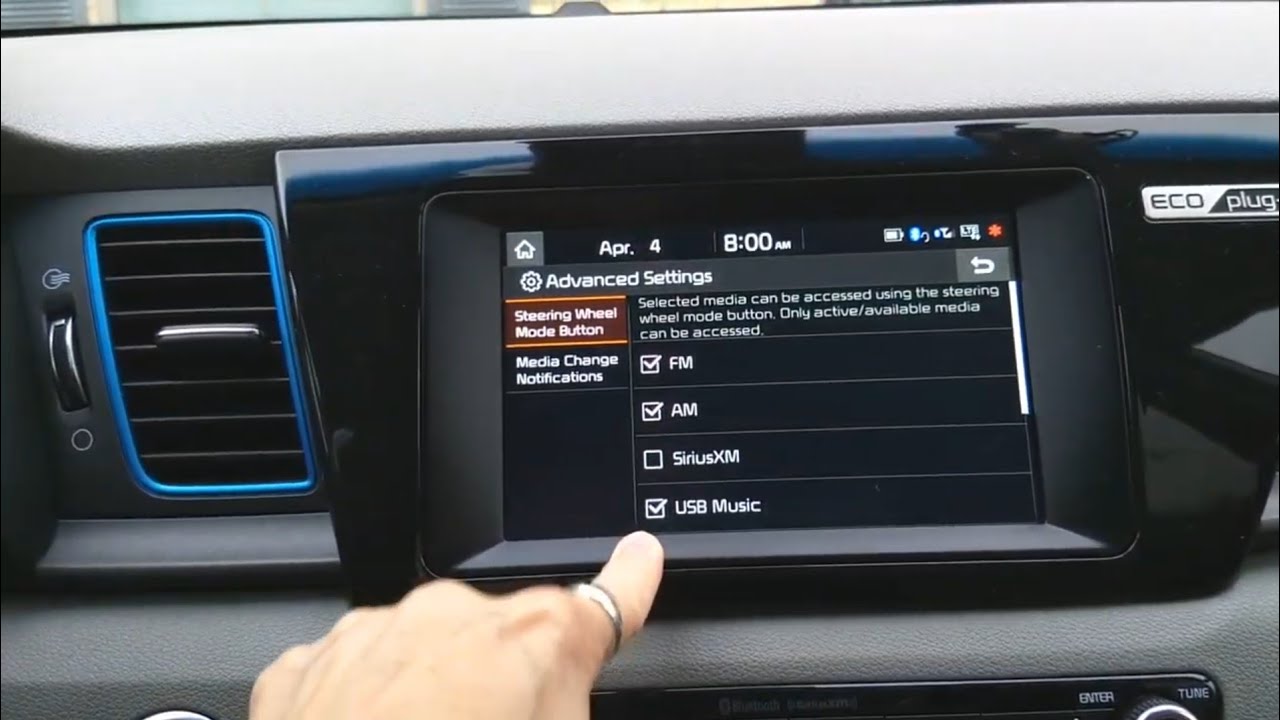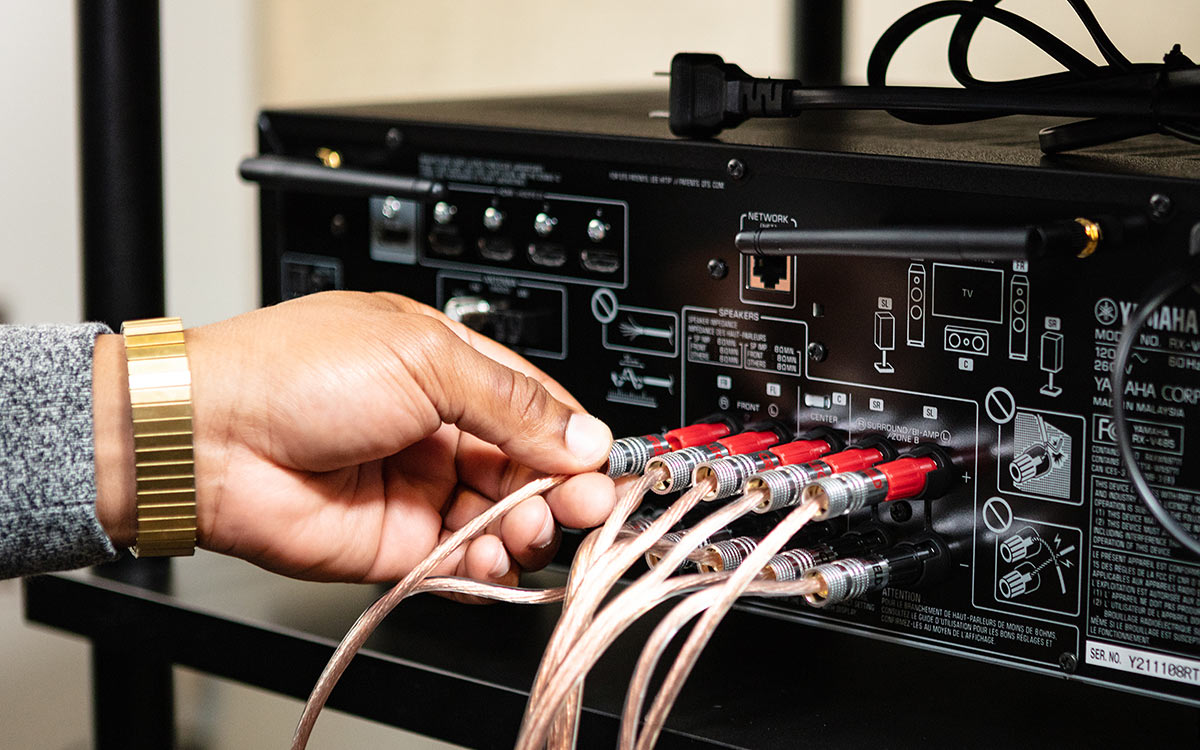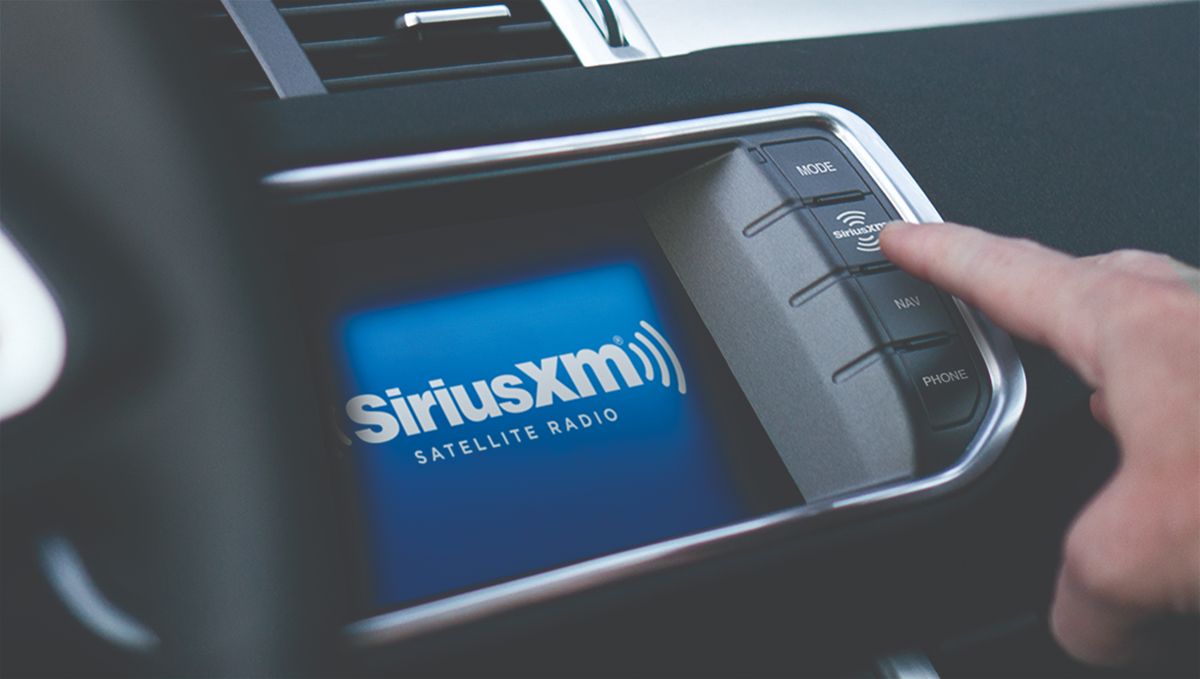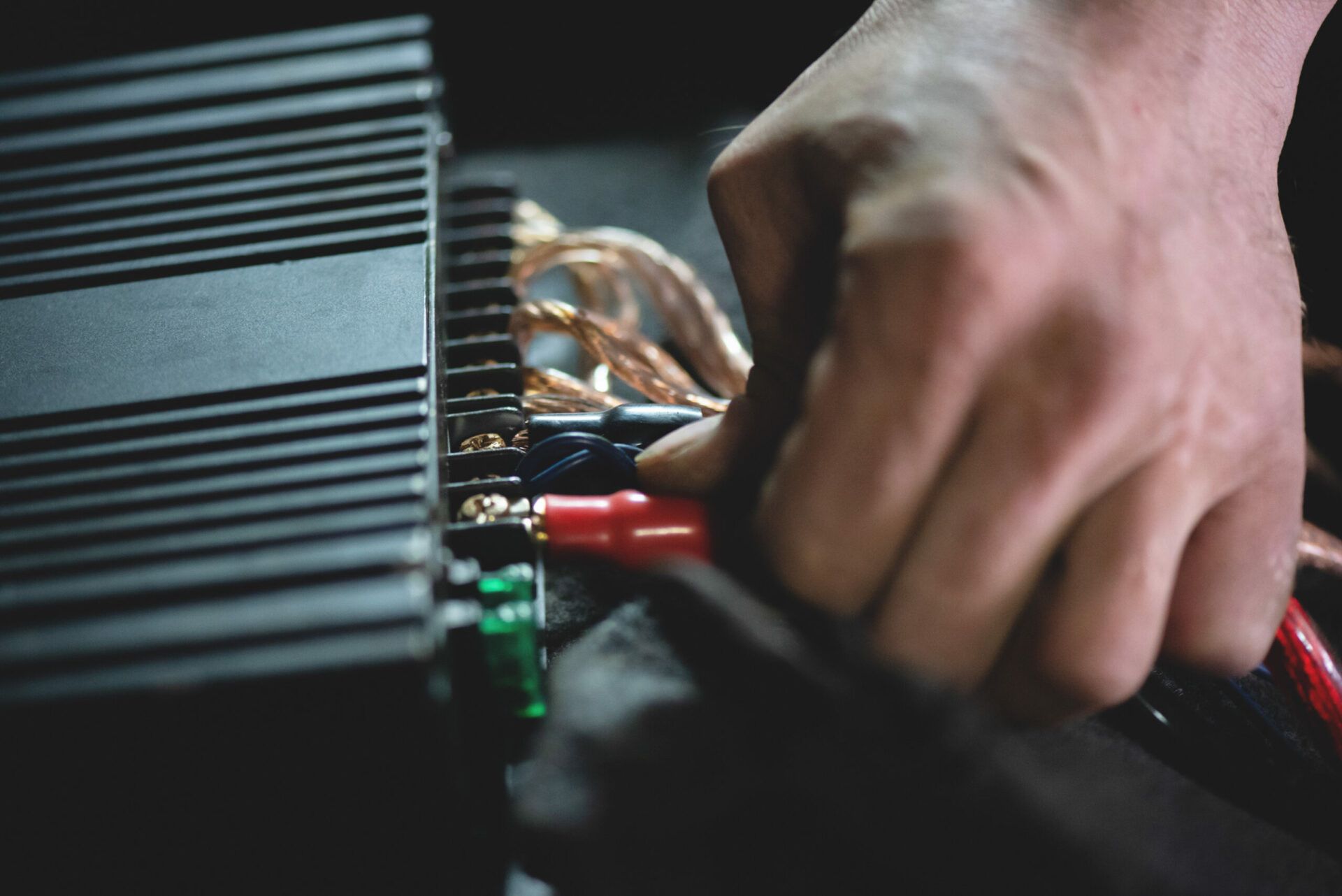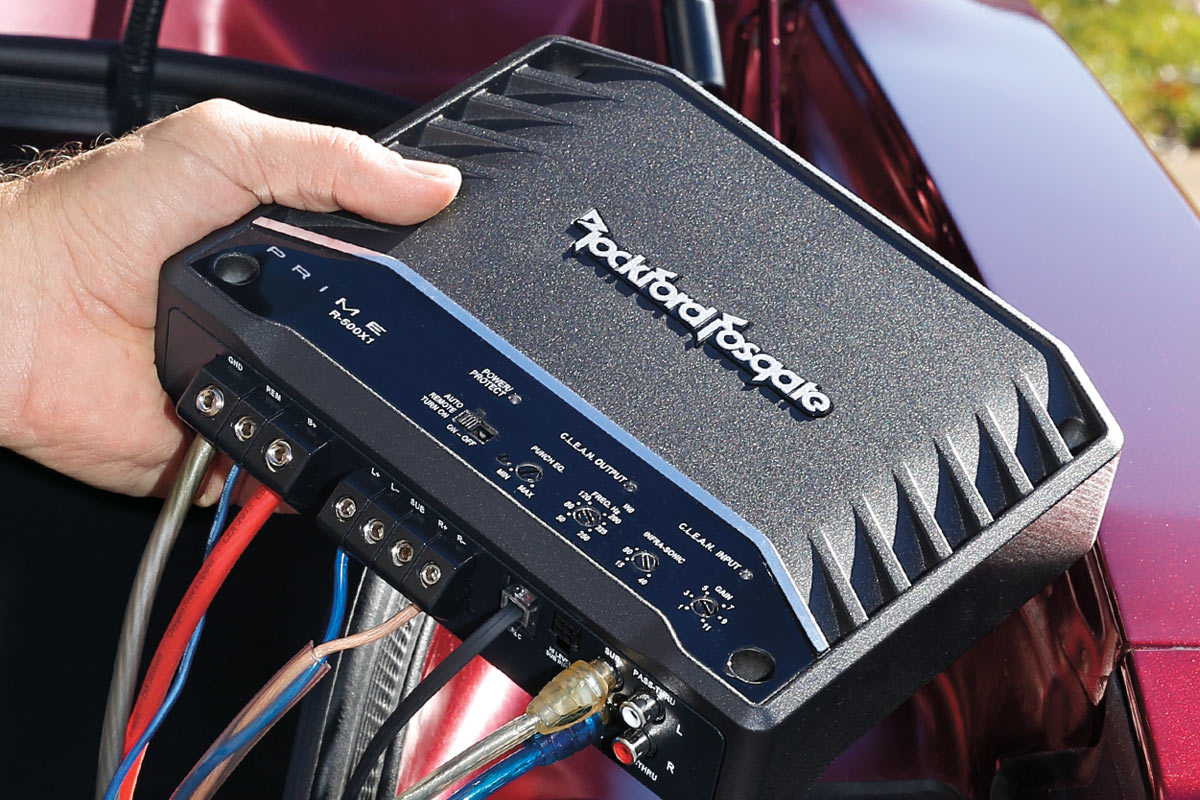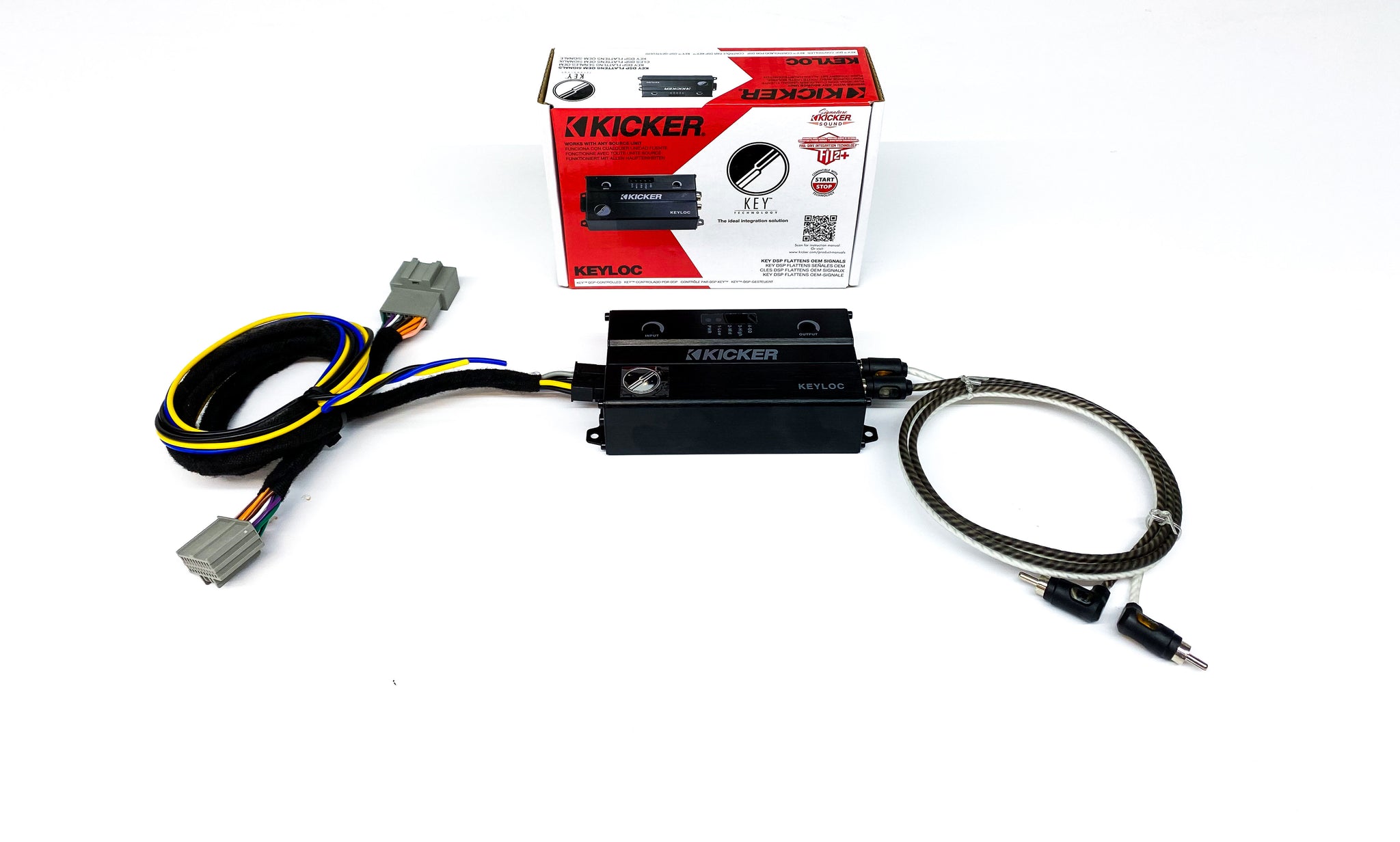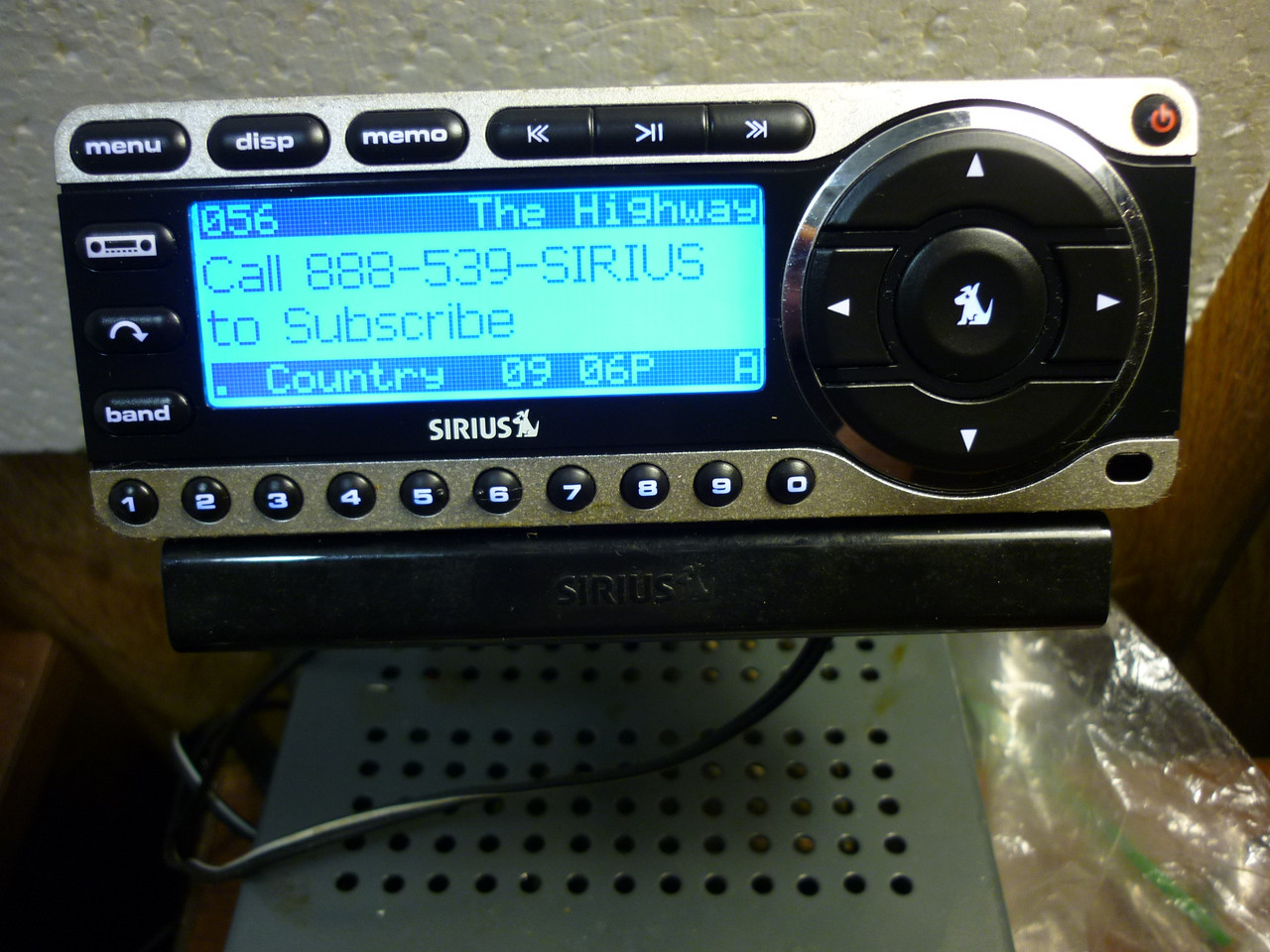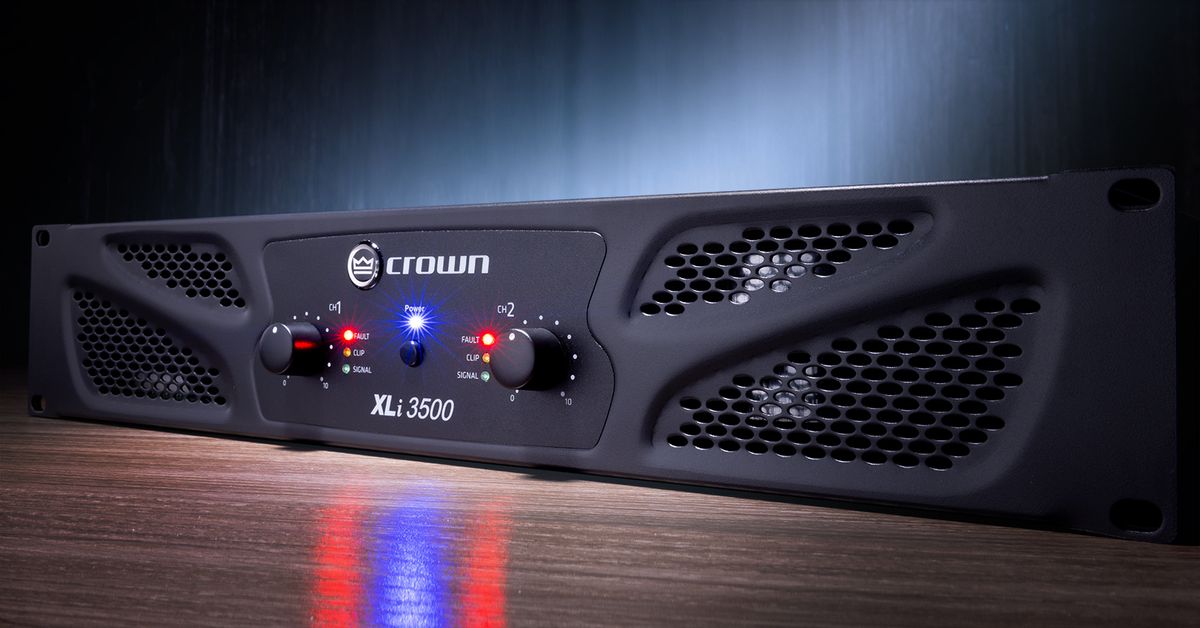Home>Production & Technology>Stereo>How To Hook Up Sirius Radio To Car Stereo
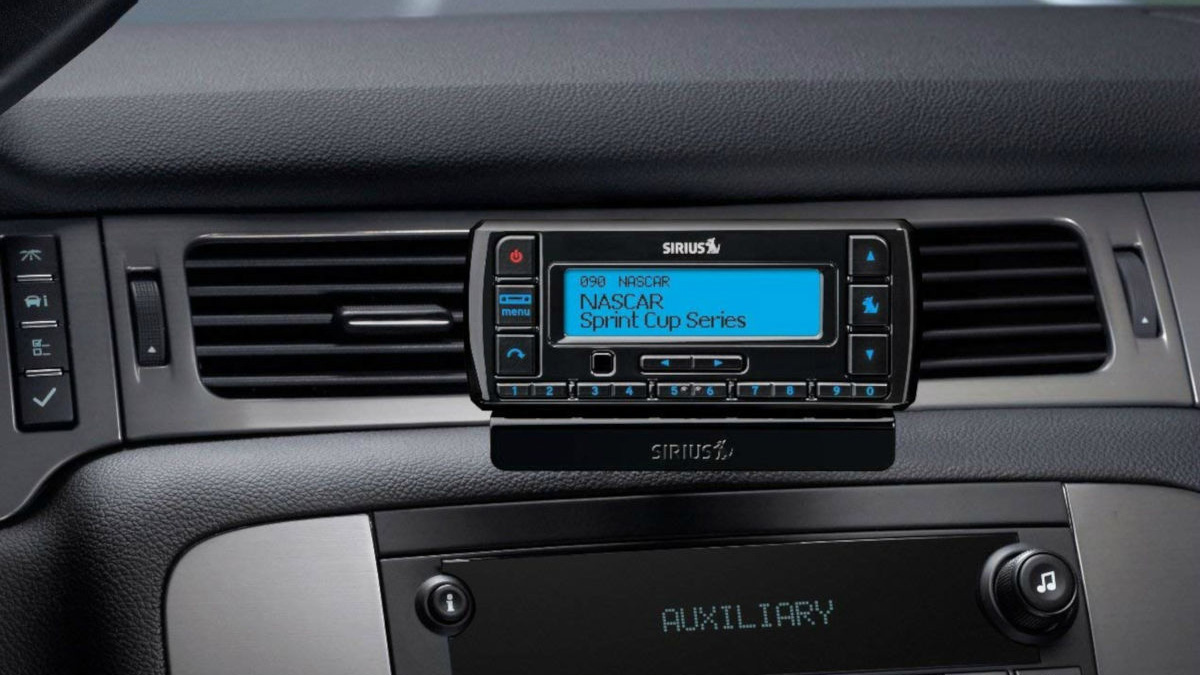

Stereo
How To Hook Up Sirius Radio To Car Stereo
Modified: January 22, 2024
Learn how to easily hook up Sirius Radio to your car stereo and enjoy high-quality stereo sound on the go. Upgrade your driving experience with Sirius Radio today!
(Many of the links in this article redirect to a specific reviewed product. Your purchase of these products through affiliate links helps to generate commission for AudioLover.com, at no extra cost. Learn more)
Table of Contents
Introduction
Welcome to the world of satellite radio! If you’re a music lover who wants to enjoy a wide variety of channels while on the road, you’re in luck. SiriusXM radio offers an incredible lineup of channels, covering almost every genre of music, along with news, sports, and entertainment. And the best part? You can easily hook up your Sirius radio to your car stereo for an enhanced listening experience.
Whether you’re driving to work, going on a road trip, or simply running errands around town, having SiriusXM radio in your car can make your journey more enjoyable. No more flipping through static-filled FM stations or relying on your limited CD collection. With SiriusXM, you’ll have access to over 150 channels of high-quality, commercial-free music, plus live sports coverage, talk shows, and exclusive content.
But how exactly do you connect your Sirius radio to your car stereo? Don’t worry, we’ve got you covered. In this guide, we’ll walk you through the step-by-step process of setting up your Sirius radio in your car, so you can start enjoying all the incredible content it has to offer.
Before we get started, it’s important to note that the specific steps may vary depending on the make and model of your car stereo and radio receiver. However, the general principles and guidelines we’ll discuss here will apply to most setups. Let’s dive in!
Preparing Your Car Stereo
Before you can connect your Sirius radio to your car stereo, you’ll need to ensure that your car stereo is compatible and properly set up. Here are the steps to prepare your car stereo:
- Check for SiriusXM capability: First, verify if your car stereo has built-in SiriusXM capability. Many newer car models come with this feature pre-installed. Look for the SiriusXM logo on your car stereo or consult your vehicle’s user manual to see if it is compatible.
- Purchase a compatible Sirius radio receiver: If your car stereo doesn’t have built-in SiriusXM capability, you will need to purchase a separate Sirius radio receiver. Make sure to check the compatibility of the receiver with your car stereo model before making a purchase.
- Identify the audio input options: Take a look at your car stereo to identify the available audio input options. Common options include an auxiliary input, USB input, Bluetooth connectivity, or a specific SiriusXM input. Understanding your car stereo’s audio input options will help determine the appropriate connection method.
- Prepare necessary cables and accessories: Depending on the connection method, you may need to gather the necessary cables and accessories. This could include an auxiliary cable, USB cable, or any adapters required to connect your Sirius radio receiver to the car stereo.
By ensuring that your car stereo is compatible and properly prepared, you’ll be ready to move on to the next step of installing your Sirius radio receiver.
Installing the Sirius Radio Receiver
Now that you have prepared your car stereo, it’s time to install the Sirius radio receiver. Follow these steps to install the receiver properly:
- Find a suitable location: Locate a suitable spot in your car to mount the Sirius radio receiver. Ideally, it should be within reach for easy operation and should not obstruct any necessary controls or visibility.
- Mount the receiver: Use the provided mounting kit or adhesive to securely attach the Sirius radio receiver to the chosen location. Make sure it is firmly in place to avoid vibrations or movement while driving.
- Connect the power cable: Plug one end of the power cable into the back of the Sirius radio receiver and the other end into the power source in your car. This is typically the 12V accessory power outlet or cigarette lighter. Ensure a secure connection to avoid any power disruptions.
- Position the antenna: Next, position the Sirius radio antenna in an appropriate spot to receive a clear signal. The antenna is usually included with the receiver and can be placed on the dashboard or exterior of the car. Follow the manufacturer’s instructions for the best placement.
- Route the antenna cable: Carefully route the antenna cable from the antenna to the Sirius radio receiver. Ensure that it is tucked away neatly and doesn’t interfere with any other components or moving parts in your car.
Once you have completed these installation steps, you’re ready to move on to the next phase: connecting the Sirius radio to your car stereo.
Connecting the Sirius Radio to Your Car Stereo
Now that you have the Sirius radio receiver installed, it’s time to connect it to your car stereo. The specific steps may vary depending on your car stereo’s audio input options and the type of connection method you chose. Here are the general steps to follow:
- Identify the audio input: Determine the audio input option you will be using to connect the Sirius radio receiver. This could be the auxiliary input, USB input, Bluetooth connectivity, or the specific SiriusXM input if available.
- Choose the appropriate cable: Select the cable that corresponds to your chosen audio input option. For example, if you’re using the auxiliary input, you’ll need an auxiliary cable. If you’re using the USB input, you’ll need a USB cable.
- Connect the audio cable: Connect one end of the audio cable to the audio output port on the Sirius radio receiver and the other end to the audio input port on your car stereo. Make sure both connections are secure.
- Select the correct input source: Turn on your car stereo and select the correct audio input source for the Sirius radio. This could be the auxiliary input, USB input, or any other relevant option. Refer to your car stereo’s user manual for instructions on switching input sources.
- Power on the Sirius radio receiver: Power on the Sirius radio receiver and tune your car stereo to the desired channel or select the desired content using the controls on the receiver.
- Adjust the volume: Adjust the volume on both the Sirius radio receiver and your car stereo to the desired level. This will ensure optimal audio quality and ensure that the volume is balanced.
Once the Sirius radio receiver is successfully connected to your car stereo, you’ll be ready to experience the wide range of channels and content offered by SiriusXM radio.
Finalizing the Setup
After connecting the Sirius radio receiver to your car stereo, there are a few final steps to complete to ensure a smooth and seamless setup. Follow these steps to finalize the setup:
- Activate your SiriusXM subscription: If you haven’t already done so, activate your SiriusXM subscription. Visit the SiriusXM website or call their customer service to complete the activation process. You will need your Sirius radio receiver’s ESN/MEID number, which can usually be found on the receiver or in the user manual.
- Scan for channels: Once your subscription is activated, scan for channels using the controls on the Sirius radio receiver. This will allow you to access the full range of available channels and content. Consult the receiver’s user manual for instructions on how to perform a channel scan.
- Save your favorite channels: Take some time to browse through the available channels and save your favorites. This will make it easier to navigate through the channels and quickly access your preferred content while on the road.
- Test the audio quality: Play different channels and content to test the audio quality. Ensure that the sound is clear, balanced, and free from any distortion. Adjust the sound settings on your car stereo, if necessary, to optimize the audio performance.
- Explore additional features: Familiarize yourself with any additional features and settings provided by your Sirius radio receiver. This could include options for customization, channel presets, recording capabilities, and more. Refer to the user manual or online resources for detailed information.
By following these final steps, you will have successfully finalized the setup of your Sirius radio in your car. You’re now ready to enjoy an incredible listening experience with access to a vast array of channels and content.
Troubleshooting Tips
While setting up your Sirius radio in your car, you may encounter some common issues or challenges. Here are a few troubleshooting tips to help you overcome any obstacles:
- No audio or poor reception: If you’re experiencing no audio or poor reception, check the antenna connection and position. Ensure that the antenna is securely attached and positioned for optimal signal reception. Adjust the placement if necessary.
- Connection issues: If you’re having trouble connecting the Sirius radio receiver to your car stereo, double-check the cable connections. Make sure the cables are plugged in securely and connected to the correct ports. If using Bluetooth, ensure that your car stereo and Sirius radio receiver are paired correctly.
- Power supply problems: If the Sirius radio receiver is not powering on or loses power intermittently, check the power cable connection. Ensure it is firmly inserted into the power source and the receiver. If using the 12V accessory power outlet, make sure it is functioning properly.
- Activation issues: If you’re encountering difficulties activating your SiriusXM subscription, verify that you have entered the correct ESN/MEID number. Double-check your subscription details, payment information, and ensure that your receiver is eligible for activation.
- Software updates: Occasionally, your Sirius radio receiver may require software updates to ensure optimal performance and compatibility. Check the manufacturer’s website or contact their support for any available updates and instructions on how to install them.
- Consult the user manual: If you’re still facing issues or need more specific troubleshooting guidance, refer to the user manual that came with your Sirius radio receiver. It will provide detailed instructions and troubleshooting steps tailored to your specific model.
If the troubleshooting tips do not resolve your issue, don’t hesitate to reach out to the SiriusXM customer support team. They are available to assist you and provide further assistance or troubleshooting steps if needed.
Remember, setting up any new technology in your car may require some patience and troubleshooting. With some perseverance, you’ll soon be enjoying the incredible variety of content that SiriusXM radio has to offer.
Conclusion
Congratulations! You have successfully learned how to hook up your Sirius radio to your car stereo. By following the steps outlined in this guide, you can now enjoy a wide variety of high-quality, commercial-free music, sports, news, and entertainment while on the road.
Remember to prepare your car stereo by checking for compatibility and purchasing a compatible Sirius radio receiver if necessary. Install the receiver properly by finding a suitable location, mounting it securely, connecting the power cable, and positioning the antenna.
Next, connect the Sirius radio to your car stereo by identifying the audio input options, choosing the appropriate cable, and making the necessary connections. It’s crucial to select the correct input source on your car stereo for the best audio experience.
After connecting, finalize the setup by activating your SiriusXM subscription, scanning for channels, saving favorites, and testing the audio quality. Don’t forget to explore additional features and settings offered by your Sirius radio receiver to enhance your listening experience.
If you encounter any issues, refer to the troubleshooting tips provided in this guide. Check the antenna connection, cable connections, power supply, and consider software updates if necessary.
Now, sit back, relax, and enjoy the wide range of content available on SiriusXM radio during your drives. Whether you’re a music enthusiast, sports fan, or seeking informative talk shows, SiriusXM has something for everyone.
Thank you for choosing SiriusXM and happy listening!


